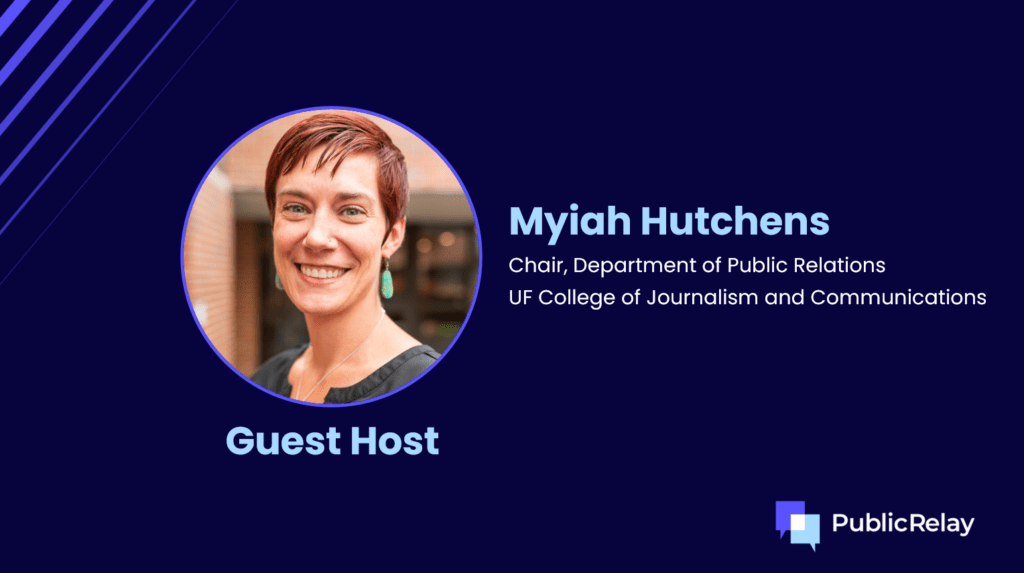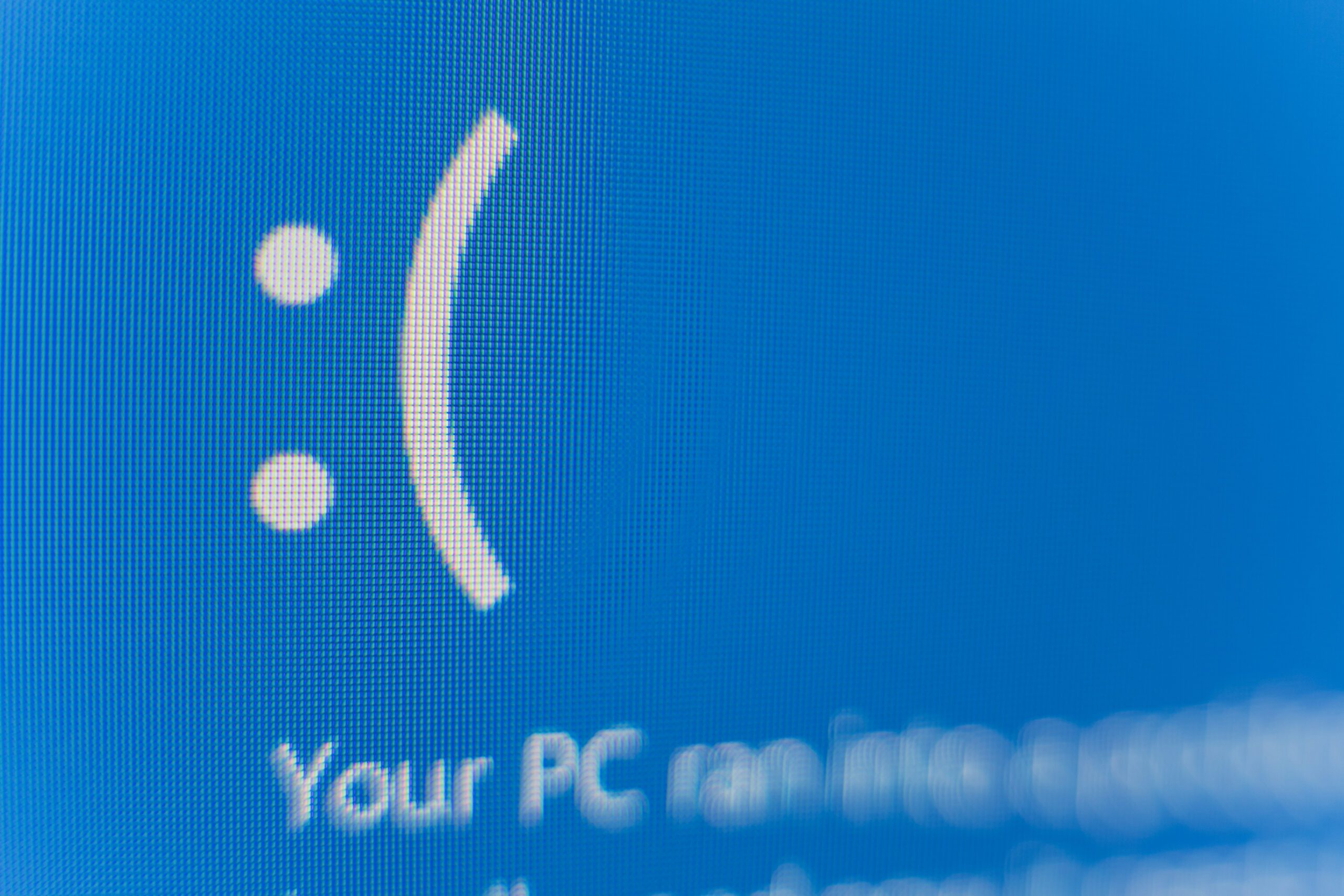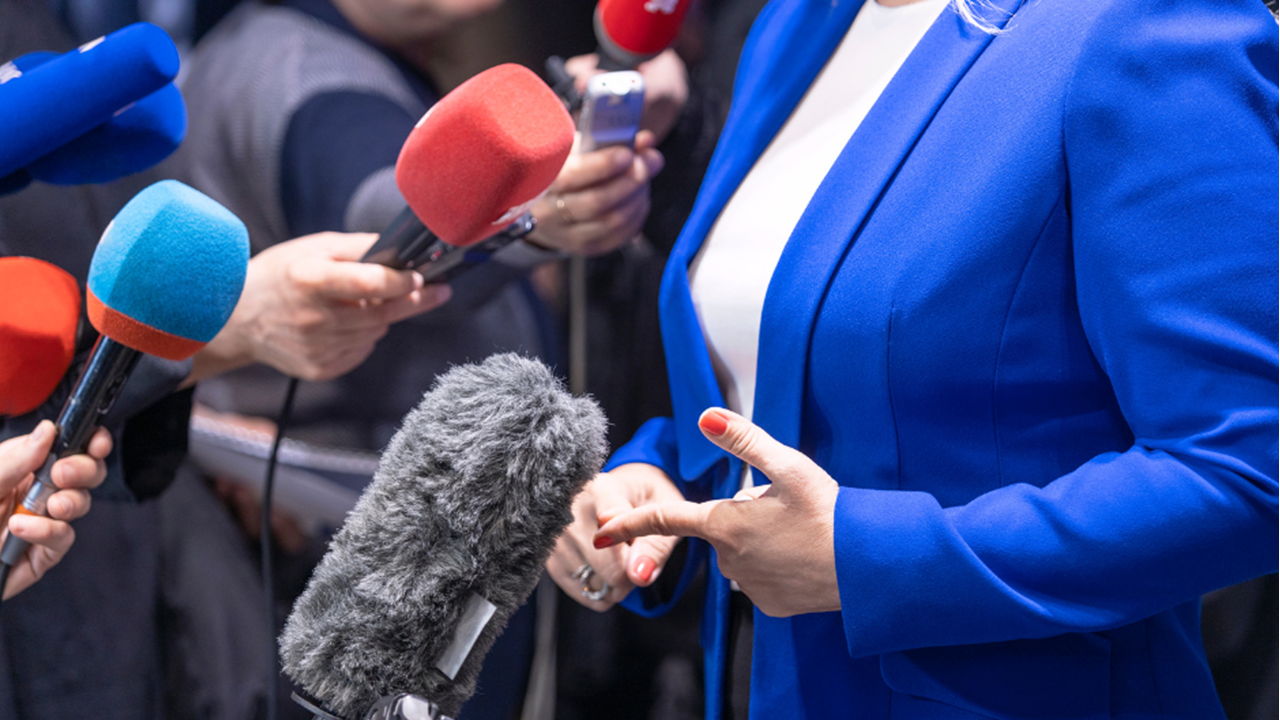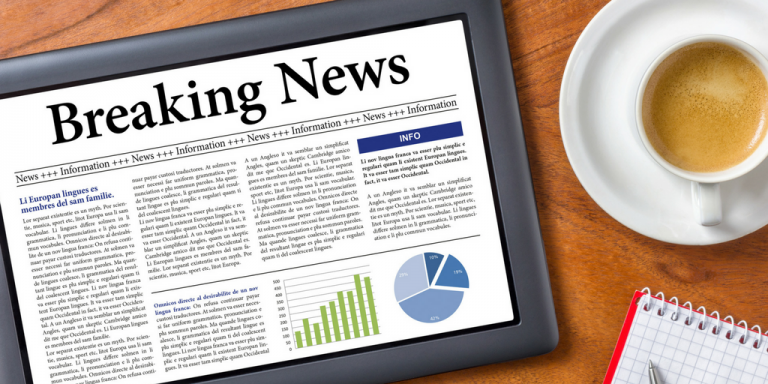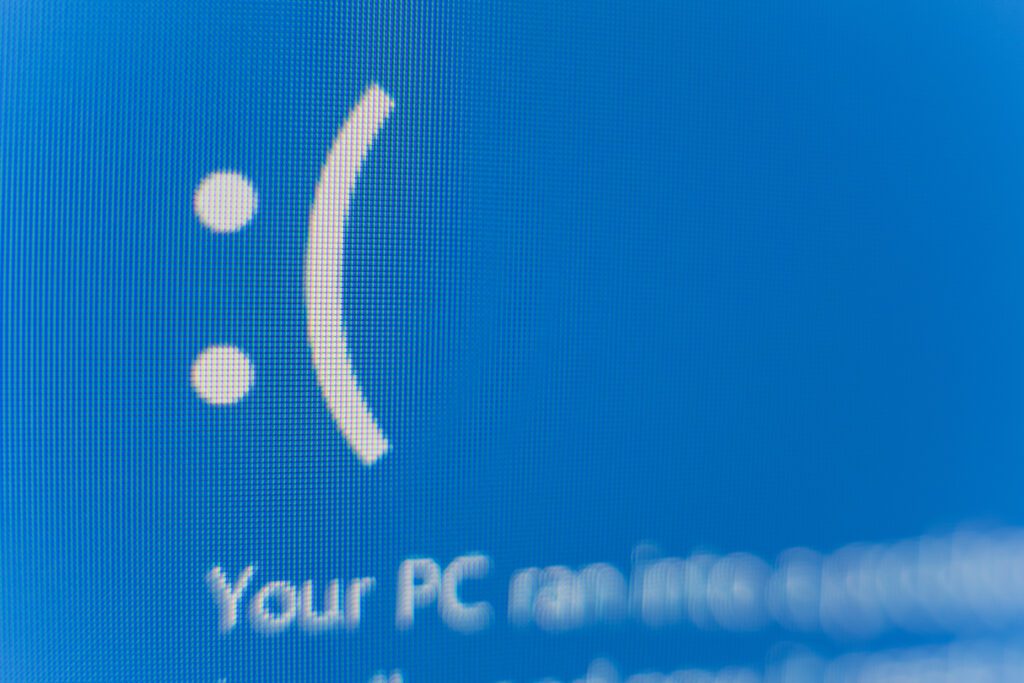
The recent CrowdStrike outage has generated significant media coverage. We examined how various sectors and companies were mentioned to gain insight into the media’s priorities and their brand impact.
In short – and rather unexpectedly – the event had minimal negative impact on most companies’ media coverage, while for some, coverage was actually brand-positive.
Essential Services and Media Focus
We analyzed coverage of the CrowdStrike story across all the sectors in our Benchmark dataset, which tracks 49 global organizations across 9 industries, and found surprisingly low volumes across all of our non-Tech sectors.
However, our data shows the Finance sector was mentioned most out of our tracked industries, following a broader pattern where coverage gravitated toward sectors where disruption was most palpable to the public, such as everyday banking services.
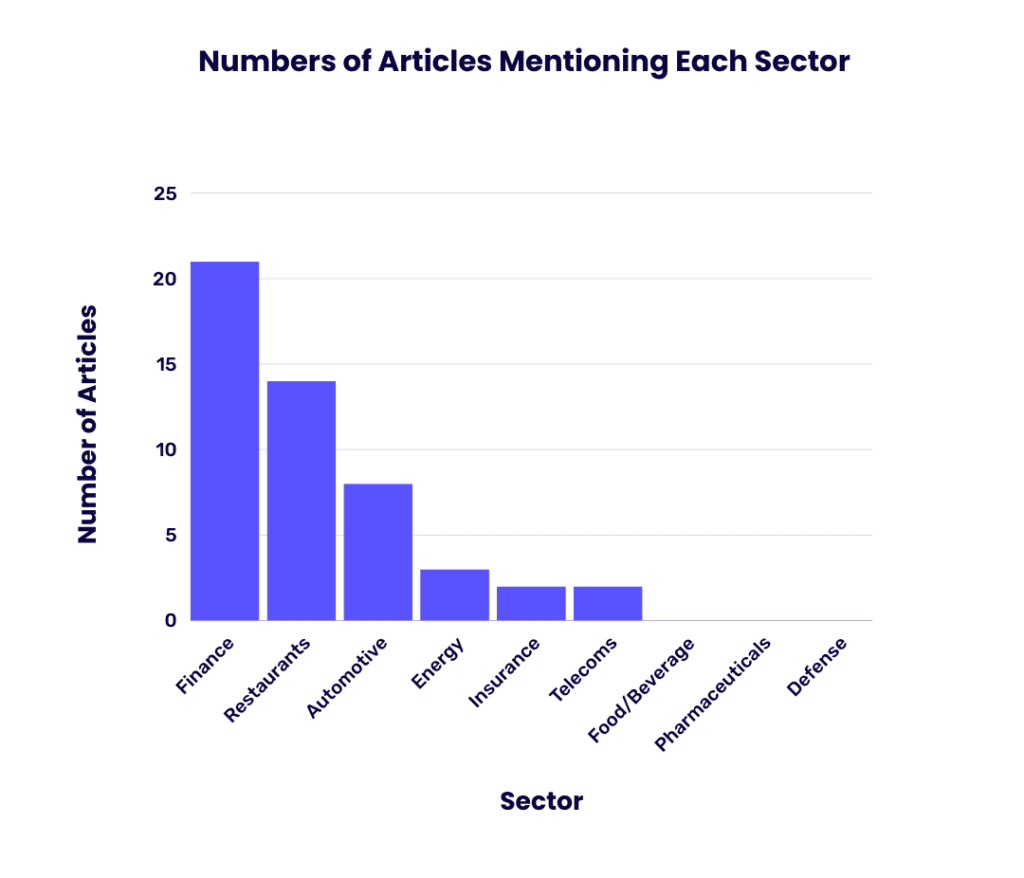
Most coverage about the CrowdStrike outage focused on disruptions to time-sensitive essential public services like transport, healthcare and emergency services. A prominent example in transportation is Delta, who even 5 days after the incident is still having to cancel flights due to the issue, generating sustained media coverage as a result. Nonessential businesses, on the other hand, were generally spared scrutiny.
Starbucks: The Unexpected Essential Service
A deeper dive into the data by company surfaced Starbucks as the most mentioned brand, with 10 articles covering the impact of the outage on its services. This is striking given that Starbucks is a coffee retailer, not typically associated with critical infrastructure or essential services. The high media attention highlights an interesting perspective: Starbucks has become a significant part of many people’s daily lives, to the extent that disruptions to its service are considered noteworthy.
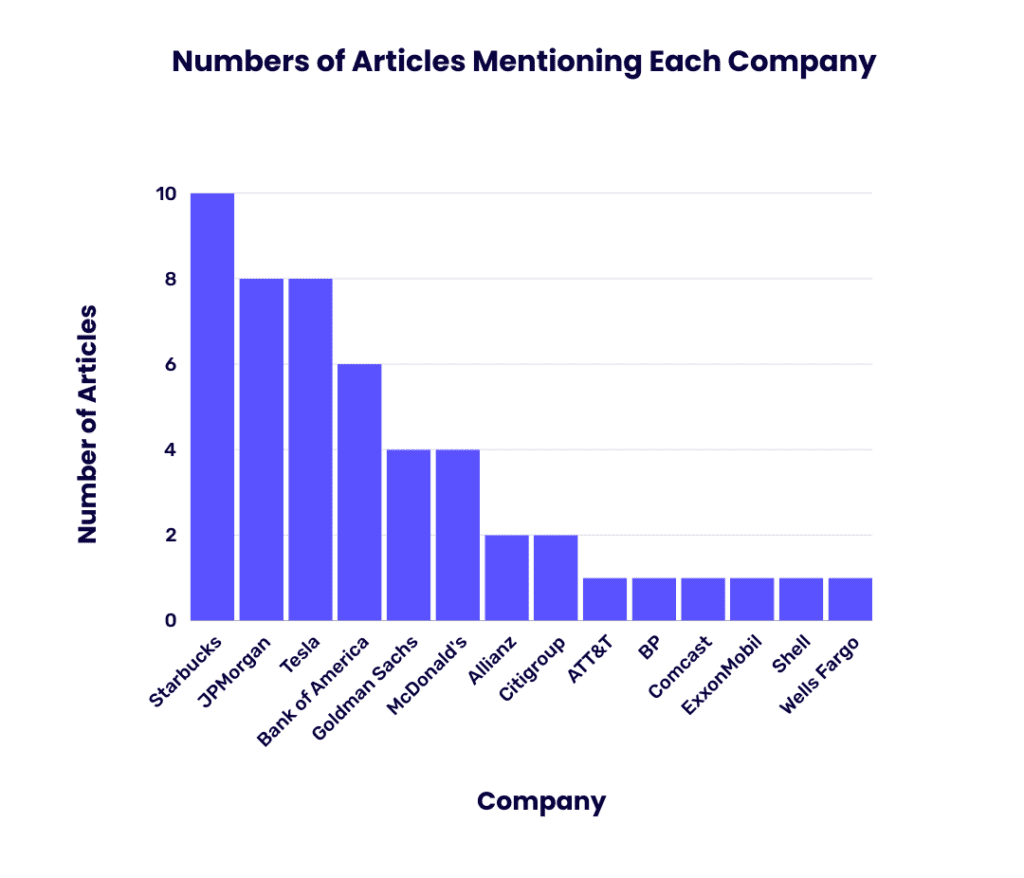
The media focus and portrayal of Starbucks as an essential service highlights how deeply the brand is embedded in daily life. Articles often included quotes from social media users that suggested that, for many, a day without their Starbucks coffee is a significant inconvenience, akin to disruptions in banking or transportation. In fact, in some instances, Starbucks closures were mentioned in the very same headline as these more essential services.
Mentions such as these were largely lighthearted in nature, with social media commentary from customers more so lamenting that their typical coffee routine was disrupted rather than placing any sort of blame on Starbucks itself. This spotlight on Starbucks generated a narrative that the brand is crucial for daily functioning, a testament to its strong market presence. For Starbucks, therefore, the CrowdStrike outage turned out to be brand-positive.
Preparing for the Next Outage
Communicators can expect that if a similarly widespread outage occurs in the future, it is unlikely to affect the majority of brands’ media reputation. Disruptions to time-sensitive essential services will draw most of the negative media attention, while businesses offering non-essential or non-time-sensitive products and services can fly under the radar.
For some lucky companies, a short disruption to services could even remind the public how beloved and essential their brand has become. This phenomenon underscores the importance of building a strong brand presence and fostering deep customer connections which can act as a buffer during crises such as this one.
To learn more about our research, contact us here.
Related Resources
July 30th | 12:00pm ET | Virtual
As consumers evolve the way they make decisions and consume video content, digital influencers with outsized followings have become a key cog in the world of business.
Not only are marketing teams and advertising agencies leveraging their followings to connect with consumers, communications teams are also partnering with influencers to spread their messages and drive positive narratives about their brands.
In 2024, earned media strategies are not restricted to journalists and outlets – it is becoming essential for communications teams to have a built-out influencer strategy as well.
This has produced several questions:
- How do communicators work with more influencers to amplify key messages?
- What resources should teams be leaning on to help identify, target, and measure the impact of specific influencers?
- As communicators wade further into content creation, how can comms teams effectively partner with influencers and marketing teams to develop comprehensive content plans?
This 1-hour discussion will explore these questions and more.
We welcome CCOs, VPs, and Directors of Communications to request an invitation to join this roundtable discussion.
You should receive an email to confirm your request. Upon qualification, you will receive a follow up email from a member of our team confirming your participation.


Related Resources
August 21st | 6:00pm ET | Philadelphia
The communications landscape is always shifting – are you staying on top of emerging trends?
On August 21st, Philadelphia-based communications heads are gathering to discuss current and nascent trends in:
- Reputation management
- Crisis control
- Data & analytics
- and more!
This is an executive peer-driven roundtable for 8-10 Senior Communications Leaders. Jeffersonian-style dinners work best when everyone participates, so we encourage active engagement from our attendees. There will be no presentation as part of this event.
Who should apply? Chief Communications Officers or equivalent function
You should receive an email to confirm your request. Upon qualification, you will receive a follow up email from a member of our team confirming your participation.
Related Resources
September 5th | 12:00pm ET | Virtual
Another election season is upon us, and in recent years polarization around the topic has only increased. Most of us can agree that with this polarization, it’s become more difficult to disagree while maintaining congeniality.
This polarization has brought internal communications to the forefront, and communicators are rethinking how they address politics in the workplace. One of the most important venues for complex conversations are employee resource groups, but what rules do you put in place here to ensure a productive discussion where disagreement is allowed?
Do you encourage political discourse, or do you consider employee channels to be a politics-free zone? How do you discuss initiatives like political giving with your colleagues?
This one-hour discussion will center on strategies to address disagreement and polarization from an internal comms perspective as we quickly enter one of the most fraught political seasons yet.
We welcome CCOs, VPs, and Directors of Communications to request an invitation to join this roundtable discussion.
You should receive an email to confirm your request. Upon qualification, you will receive a follow up email from a member of our team confirming your participation.
